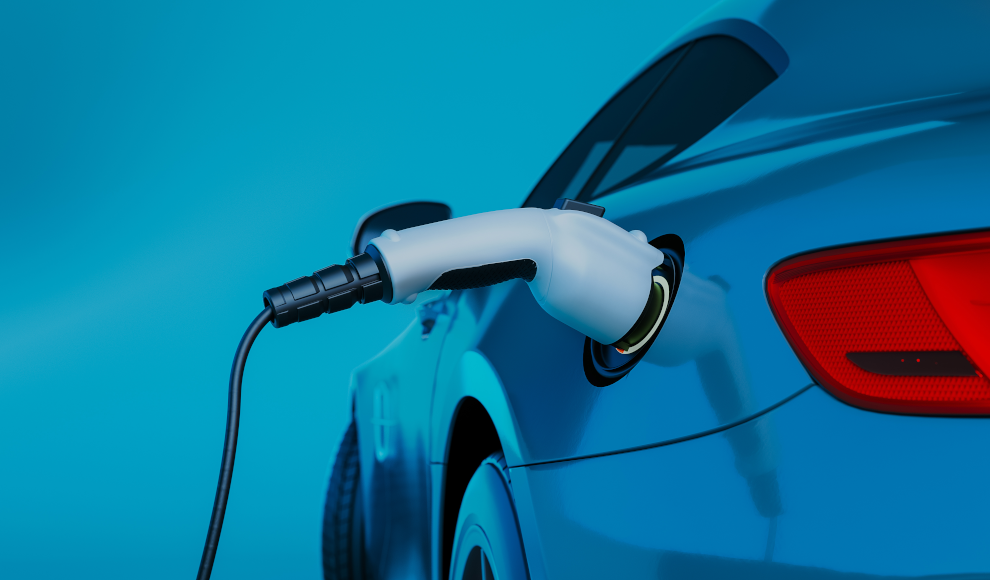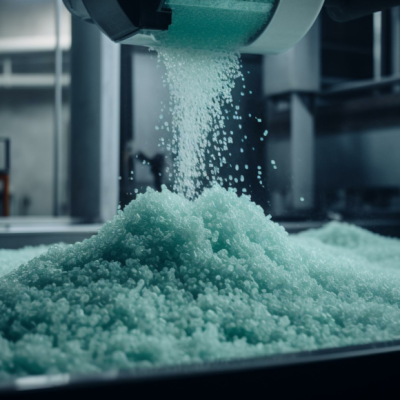A breakthrough in battery technology has been made by scientists at the Oak Ridge National Laboratory (ORNL) and the University of Tennessee. They have discovered a new anode material that prevents deposits from forming on the cathode, significantly increasing the charging speed of lithium-ion batteries. With this new material, electric cars can be charged in just 15 minutes. Currently, high-end electric cars take around 30 minutes to charge from 10% to 80%. The US Department of Energy (DOE) calls this “Extreme Fast Charging.”
The anode of the lithium-ion battery is made up of a mixture of niobate, molybdenum, and tungsten. Most electric cars currently use lithium batteries with graphite anodes. However, during the charging process, graphite anodes break down the electrolyte solution, leading to deposits forming on the cathode. These deposits reduce the stability and charging performance of the battery. The researchers at ORNL have been searching for an alternative material that can replace graphite and even surpass it.
The scientists found that the Sol-Gel process could solve the problem of finding a suitable material. This process converts liquid solutions into a gel at low temperatures through a chemical reaction. The gel can then be solidified with heat, creating a durable material that does not form deposits on the anode. The material can withstand higher voltages than graphite and is also scalable for industrial production. The exceptional fast charging speed, combined with scalable synthesis, makes it an attractive candidate for future battery materials.










